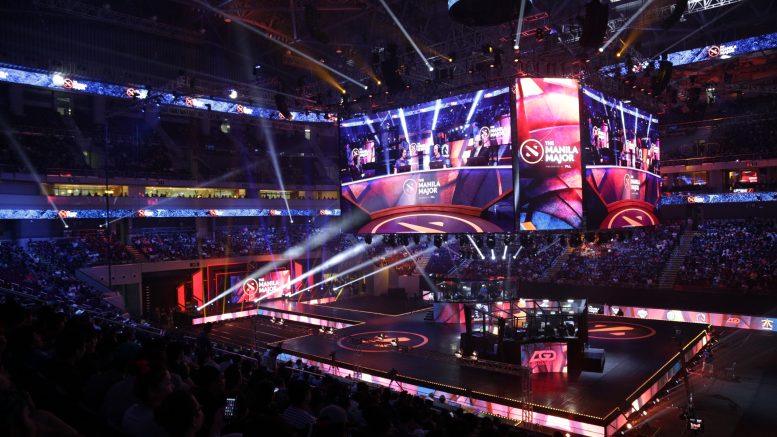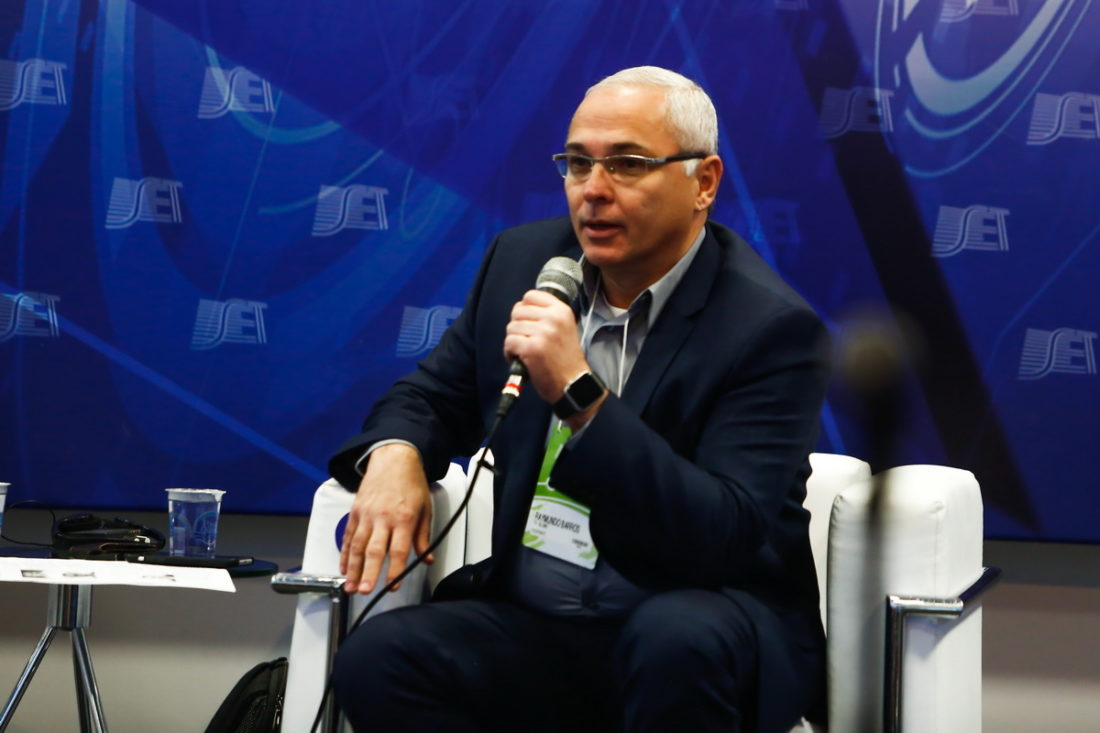
ESports: As Popular As Football With Gen Z
eSports is almost as popular as football with young Americans according to research from the Washington Post and UMass-Lowell. The research found 38 percent of respondents aged 14–21 said they were fans of eSports, compared to American football’s 40 percent.
The survey also found that 59 percent of teens and young adults said they have either competed in a video game competition or played an online video game with multiple players in the last 12 months. In the same group, 58 percent said they have watched people play games on platforms such as Twitch and YouTube.
eSports is most popular with young men; 89 percent said they have played online video games, participated in a competition and/or watched others playing games online in the last year. Among females in the same age group, 56 percent have played or watched a video game over the same timeframe.
By comparison, only 18 percent of American adults 18 and older reported having played an online video game with multiple players or participating in a video game competition in the preceding 12 months and just 16 percent reported watching video gaming online via Twitch, YouTube or other platforms. Asked whether they would rather spend a free hour of time watching a live eSports competition or a live sporting event, the live event proved more popular, as 78 percent of respondents who play or watch video games chose live sports.
But among teens and young adults, 35 percent said they would prefer watching a live eSports event and that option was even more popular (41 percent) with 14–17-year-olds
“The popularity of eSports and online gaming among American teens and young adults as both a recreational activity that you participate in or can also watch reveals a shifting landscape for what constitutes a sport in American life,” said Professor Joshua Dyck, co-director of UMass Lowell Center for Public Opinion.
The reasons teens and young adults give for participating in eSports/online gaming mirror many of those given in our survey of adults 18 and older about why they watch live sports.”
There is no prescribed size of stadium or playing field in eSports. In fact — as legions of online gamers will attest — the “stadium” doesn’t have to be any bigger than the footprint of your computer. Esports audiences can pack brick and mortar stadiums — from Blizzard’s new 250 fan arena in Taipei to the 173,000-strong crowd at this year’s Intel Extreme Masters event in Poland — or be in the millions online. That’s a diverse audience.
Whether eSports is really a “sport” is still a debate. But from the broadcast perspective, it needs to be treated like one — and one with a whole new level of special requirements and opportunities. Broadcasting eSports brings with it a universe of digital content, on top on the physical production of traditional sports coverage.
Gameplay can generate a staggering amount of footage, Curating, storing, and making these available to audiences requires a different scale of thinking if traditional broadcasters want to cover eSports.
The gaming community is a powerful online force with a high proportion of influencers, so eSports has the potential to be advertising gold, especially given the customizable nature of the gameplay itself. There are a host of revenue-generating opportunities available for those who can think creatively about the new medium.
Attendees to the eSports: Get in on the Action conference can learn what matters and how to leverage this growing audience.
Neal Romanek contributed to this report.








